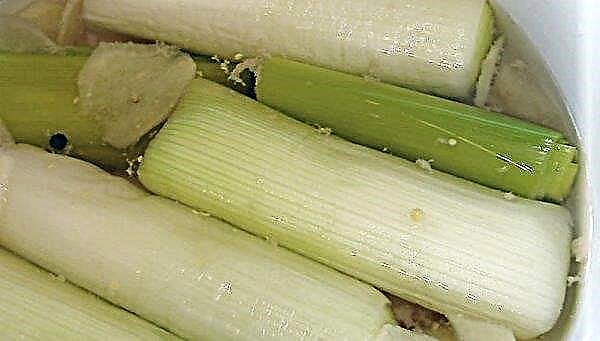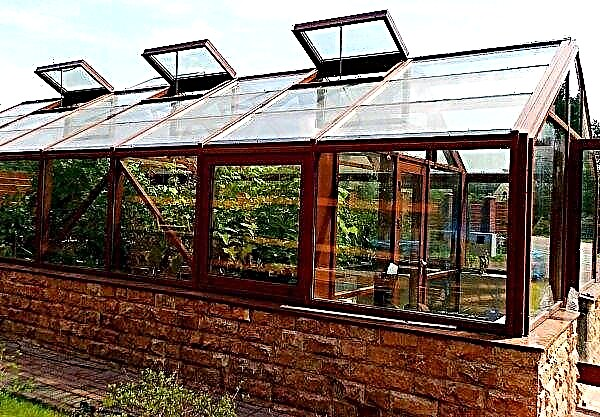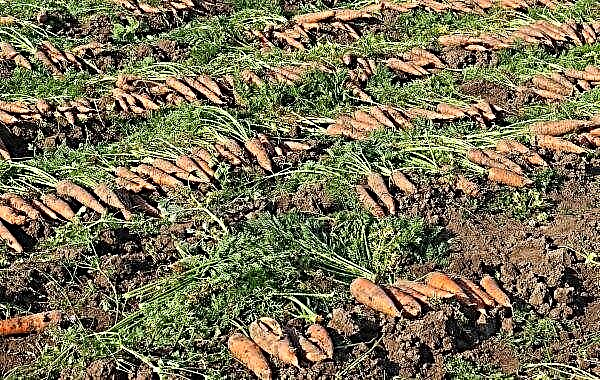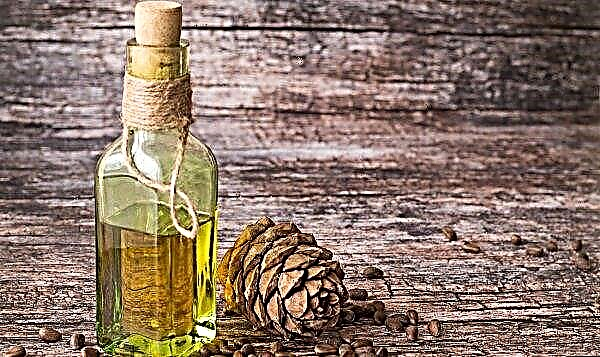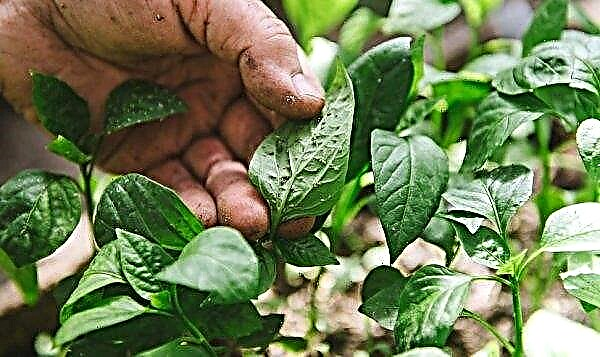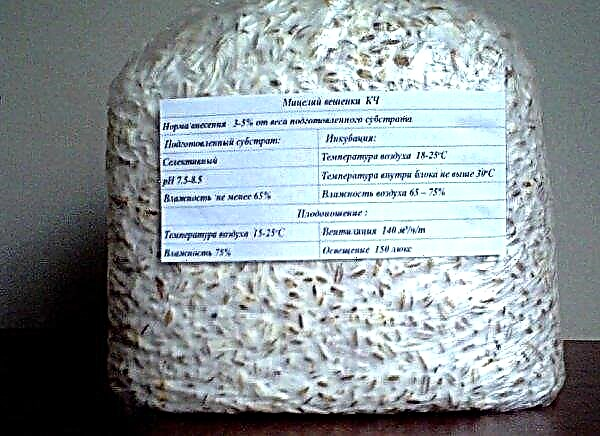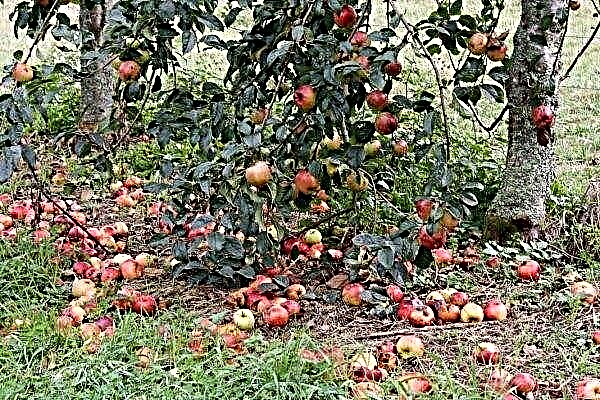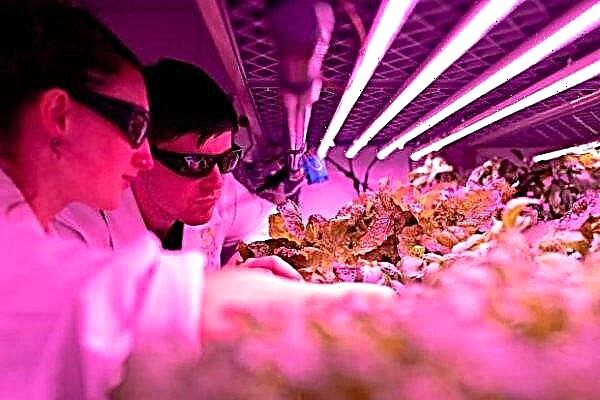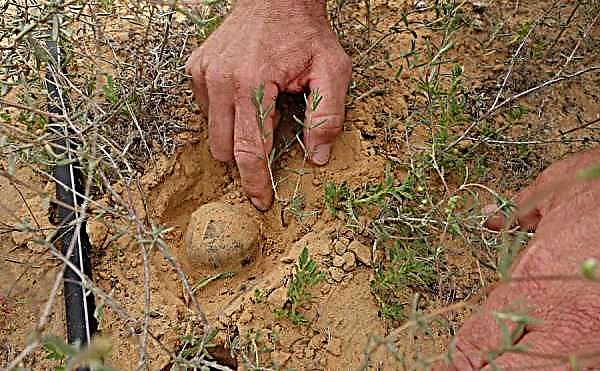Honeysuckle Viola is a garden plant that produces edible fruits. Many have been familiar with the taste of this berry since childhood, and still some gardeners grow the plant both for eating and for decorating a summer house or garden. Honeysuckle is known not only for its fruits, but also due to its unusual delicate aroma during flowering.
Selection history
A hybrid cultivar of Viola honeysuckle, also known under a different name - Violet, was bred in St. Petersburg, at the Pavlovskaya experimental station, by selection scientists A.V. Kondrikova and M.N. Plekhanova. Viola - the result of breeding after crossing varieties Leningrad giant and Sayansk – 322. Since 1995, shrubs have been grown throughout Russia and in neighboring countries for both decorative and gastronomic purposes.
Botanical Description
Honeysuckle Viola belongs to early varieties. In the botanical encyclopedia you can find a description of this variety, as a vigorous plant with straight lines that stand strictly perpendicular to the ground. A bush is formed large, the most common variant of reproduction is a seedling. From one plant you can get from 1.9 to 3 kg of berries. In shape, the fruits resemble oblong barrels, and in color they are very similar to blueberries - dull blue. The mass of one berry is from 1–1.2 g. The average height of the bush is 2.1 meters. The plant acquires the maximum dimensions in the period from the sixth to the tenth years of life.
Did you know? There are more than 250 varieties of honeysuckle in the world, but only a few are suitable for eating them. All berries of edible varieties, without exception, are painted in dark blue or purple. The fruits of red, orange shades are poisonous!
Characteristic
What characteristics does the viola edible honeysuckle have and how does it tolerate drought, frost, how it bears fruit, and how quickly it produces crops. You will also learn about the advantages and disadvantages of shrubs later in the review.
Video: Viola Honeysuckle
Frost and drought resistance
Viola is characterized by excellent frost resistance. Both young and old bushes perfectly tolerate the first frosts, do not need to wrap with foil for the winter. The plant is able to survive without any consequences and prolonged autumn with a temperature of no higher than + 7 ° C, and severe Siberian winter. Viola’s drought tolerance is much worse: in a dry climate, honeysuckle may die, insufficient humidity affects the yield and general condition of the bush.
Fruiting, yield
Viola honeysuckle is an early variety, characterized by "friendly" fruiting, that is, the whole mass of berries ripens at about the same time (early June). This is one of the first plants in the garden that begins to bear fruit after spring. It can be compared by early ripeness, perhaps, only with garden strawberries.
Important! The honeysuckle variety is selected based on the region, and not on the palatability and yield. The plant, zoned for the climate of the middle zone, will die in the northern part of the country.
Advantages and disadvantages
- The main advantages of Viola:
- resistance to low temperatures (up to -50 ° C);
- earlier fruit ripening;
- long-term storage of berries (due to the dense peel does not deteriorate until spring);
- resistance to pests, diseases;
- decorativeness. Thanks to the dense leaves and branches, the bush forms a dense hedge even without trellis or support; it is enough to carry out spring pruning to make it look beautiful and neat;
- requires minimal maintenance.
- The disadvantages of this honeysuckle variety are as follows:
- sweet and sour taste (there are more sweet varieties);
- high need for moisture, in arid regions does not take root;
- ripe fruits quickly fall off, so it is a common habit among summer residents to lay a film under the bushes, with which it is convenient to collect fallen berries.
Pollinators
In early May, the viola honeysuckle begins to bloom, and the pollination of the plant occurs due to insects arriving at it - bees, flies, bumblebees. Gardeners with experience recommend planting not one bush, but several (at least 3-5 plants) in order to get a more abundant crop. Mutual pollination is also encouraged, during which different varieties of honeysuckle pollute each other. It is advisable to plant next to several different edible species of honeysuckle.

Landing Features
Read about what features of planting you need to know for beginner gardeners.
Did you know? The same “wolf berry” that every child remembers from childhood in the form of a bush growing along the road is also a honeysuckle, but poisonous!
The timing
The planting dates for honeysuckle are from the beginning of August, when the vegetation process slows down, and until mid-November. It is imperative to plant the plant so that it grows in the shade of taller plants, for example, under large trees or just on the shady part of the garden. The dimensions of the landing pit should not be less than 1 m in diameter, since the dimensions of the honeysuckle root system are 50-60 cm in diameter. If we are talking about seedlings, as the most common method of propagating shrubs, they only plant using the transshipment method: the grown bush is transferred to a previously dug hole with a lump of earth on the roots.
If we are talking about seedlings, as the most common method of propagating shrubs, they only plant using the transshipment method: the grown bush is transferred to a previously dug hole with a lump of earth on the roots.
Site selection, well preparation
The place for planting should be shady, the ideal soil is chernozem with a medium-acid pH level. The hole should have a size of 40 × 40 × 40 cm. Two buckets of decayed compost are poured into the dug hole, as well as a liter jar of wood ash and 3 tsp. double superphosphate.
If the shrub is planted on sandy soil, all proportions of additives remain the same except for compost (not one, but three buckets). Before deepening the seedling into the soil, the pit is well watered so that the soil is as humid as possible and only then the honeysuckle is planted.
Selection and preparation of planting material
Bushes at the age of 2-3 years are selected for planting. Honeysuckle roots are straightened, gently deepen the seedling into the soil, sprinkled well with earth. The ground level should be 5-6 cm higher at the roots, taking into account that the soil will dry out and settle slightly. After planting, immediately add a layer of mulch to the root zone so that the water does not evaporate quickly. After the earth dries under the bush, it must be watered again abundantly.
Important! When planting bushes, honeysuckle varieties Viola do not need to be shortened. Not recommended at all "Disturb" plant so that it can take root well.
Landing pattern
Viola honeysuckle seedlings are placed at a distance of at least 1.5 m from each other. This is done so that the plants do not intertwine with branches and form impassable thickets as they grow older - it will be more convenient to harvest. Too tightly planted bushes begin to bear fruit worse, and their berries are smaller. The classic scheme: planting at least three, and better - at least five bushes in a row, while they must be of different edible varieties (for better pollination).

Care Rules
Honeysuckle Viola is one of the easiest garden plants to care for. After planting, it is better to leave the bush alone, let it take root until the fall. Then the care will be to remove excess branches (broken or dry), as well as shoots that grow inside the bush. Trimming is best done in mid-September. The first three years, in addition to pruning, weeding the soil from weeds and watering the bush as necessary (in May, watering can be more active, which will make the crop more plentiful).
From the third year of the bush's life, organic fertilizers (for example, manure) begin to be applied. In early April, it is enough to pour a bucket of such fertilizer under each bush, and at the end of August - 500 g of wood ash. When the snow melts, it is necessary to fertilize with nitrogen fertilizer: 1 tbsp. urea diluted in 10 liters of water and water the plant.
Breeding methods
The most effective way to propagate a honeysuckle bush is by cuttings, layering or seedlings. Cuttings are cut from annual shoots. To understand that the shoot is suitable for cuttings is very simple - it breaks with a crunch. Cutting is done when the first green berries appear on the bush. Take part of the shoot with two leaves, plant in a mixture of sand and peat (one part of peat, three parts of sand). The optimum temperature for rooting the handle is + 20 ° C. For germination there must be high humidity - spraying up to seven times a day. Best of all shoots are rooted in film greenhouses.
Another method of reproduction, beloved by all summer residents, is the purchase of ready-made seedlings. They are considered 2-3 year old bushes. Transplanted to the ground by a pass with an earthen lump. So the bush minimally “suffers” from moving into the open ground.
Video: How to propagate honeysuckle cuttings
Diseases and Pests
Viola honeysuckle diseases and their prevention.
- Fungal diseases (determined by white plaque on the bottom of the sheet), are eliminated by spraying a solution of copper sulfate and water - 100 g of vitriol is used for 10 liters of water.
- Phytoviruses. Manifested in the form of light green spots and veins from the center of the leaf, it is extremely difficult to eliminate. The infected bushes must be excavated and burned, and the soil within a radius of 1.5 meters treated with ash (for digging 1 kg of ash).

Pests of honeysuckle Viola and their prevention.
- Aphid. Leaves are folded into a straw. It is eliminated by the preparations "Eleksar" or "Aktara", which are diluted in water according to the instructions on the package.
- Mite. It appears in the form of dark growths on the bottom of the leaf. It is eliminated by spraying with "Mauritius" or "Omayt" means, diluted according to the instructions.
- Shield. Insects with a carapace in the form of a shield, usually live on the trunk and branches, are very dangerous. They are eliminated by double spraying with solutions of Actellik and Rogor diluted according to the instructions. Spraying is carried out from the end of June, with an interval of 15 days.

Winter preparations
Shrubs that are already 3 years old are pruned, removing old dried branches, as well as the aging (protruding) part of the crown, that is, those shoots that lie on the ground and actually thicken the plant. Perform this procedure after the leaves fall. On the root zone, you can pour coniferous mulch. It is not necessary to wrap frost-resistant varieties; they withstand record low temperatures (up to -50 ° C).
Harvesting and storage
Harvesting is carried out in early or mid-June. Berries that have fallen are picked directly from the ground or from a pre-lined film. Thanks to the dense peel, the fruits do not deform, do not burst. Stored in a cool place until spring, frozen berries can be stored for 2 years. Storage in the cellar, basement at a temperature not exceeding + 12 ° C is allowed. Fresh honeysuckle is collected in baskets or plastic containers.
Fresh honeysuckle is collected in baskets or plastic containers.
Honeysuckle is a wonderful ornamental plant that produces fruits with a high content of vitamin C. The shrub of the Viola variety is unpretentious, beautifully blooms and very effectively fits into the landscape of a summer cottage.

